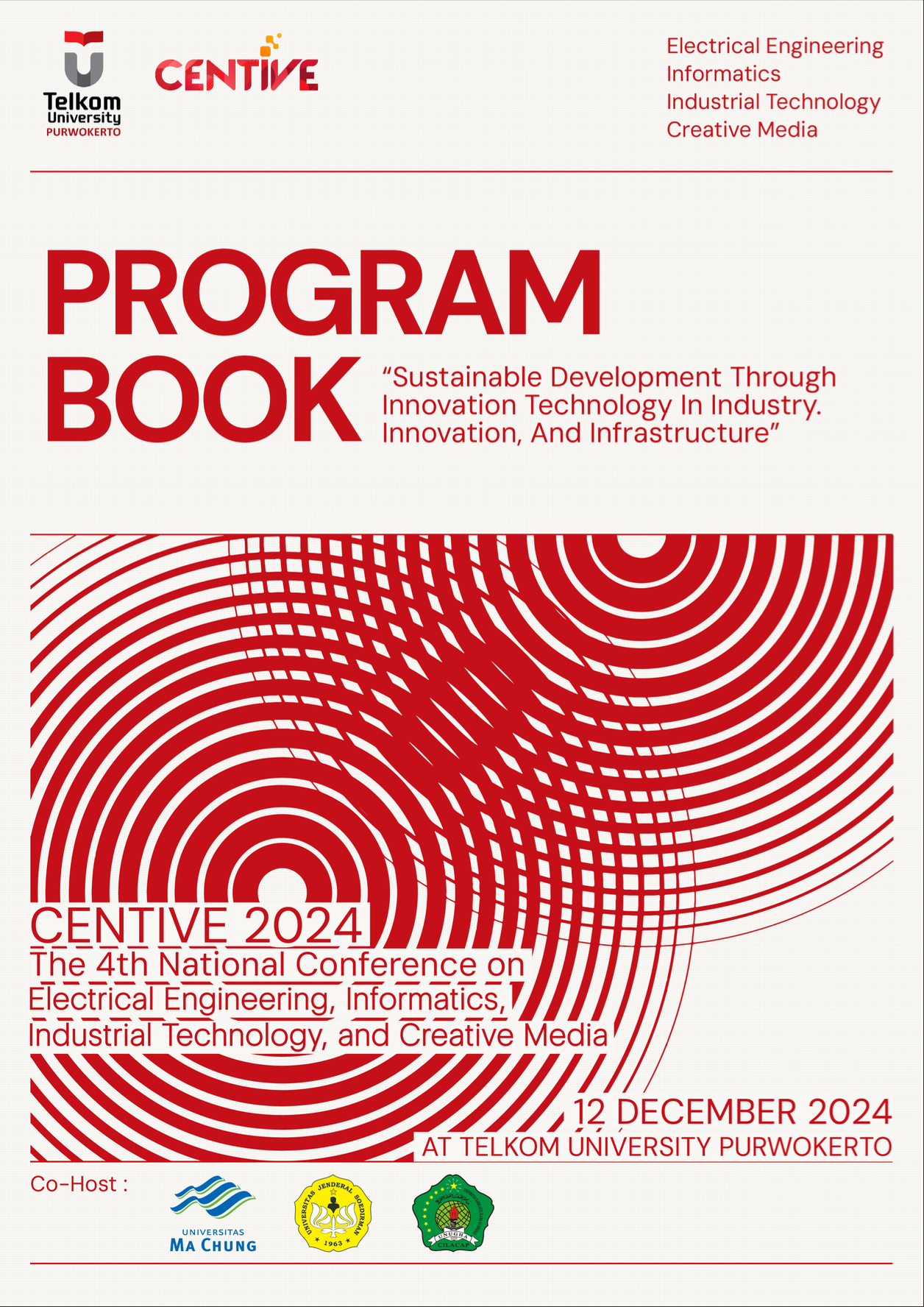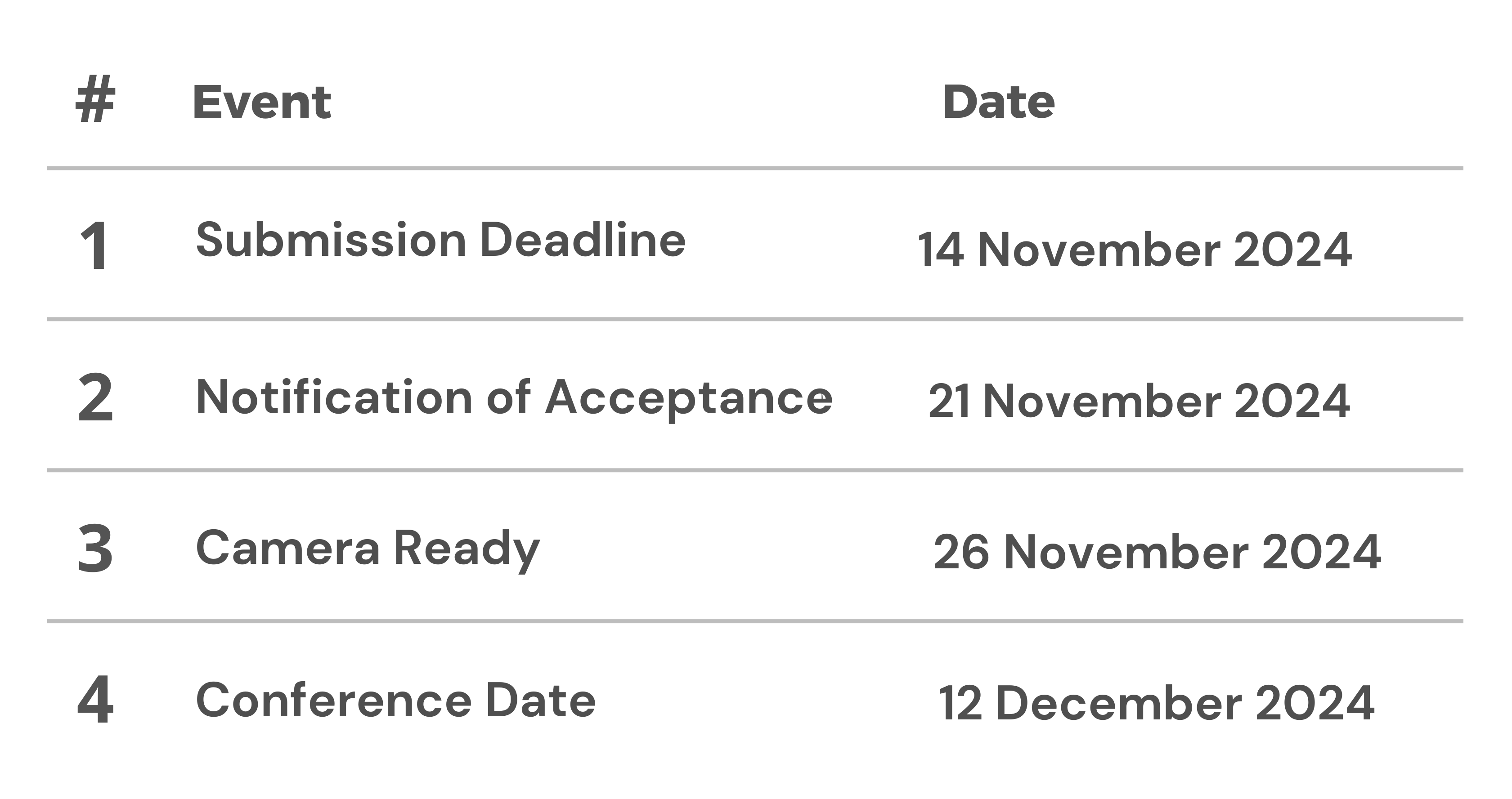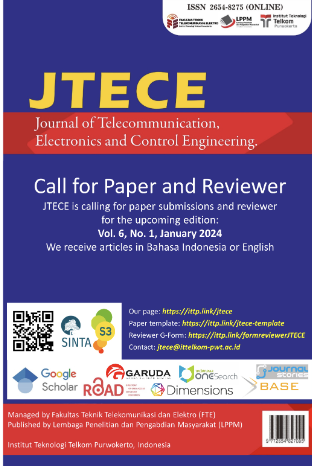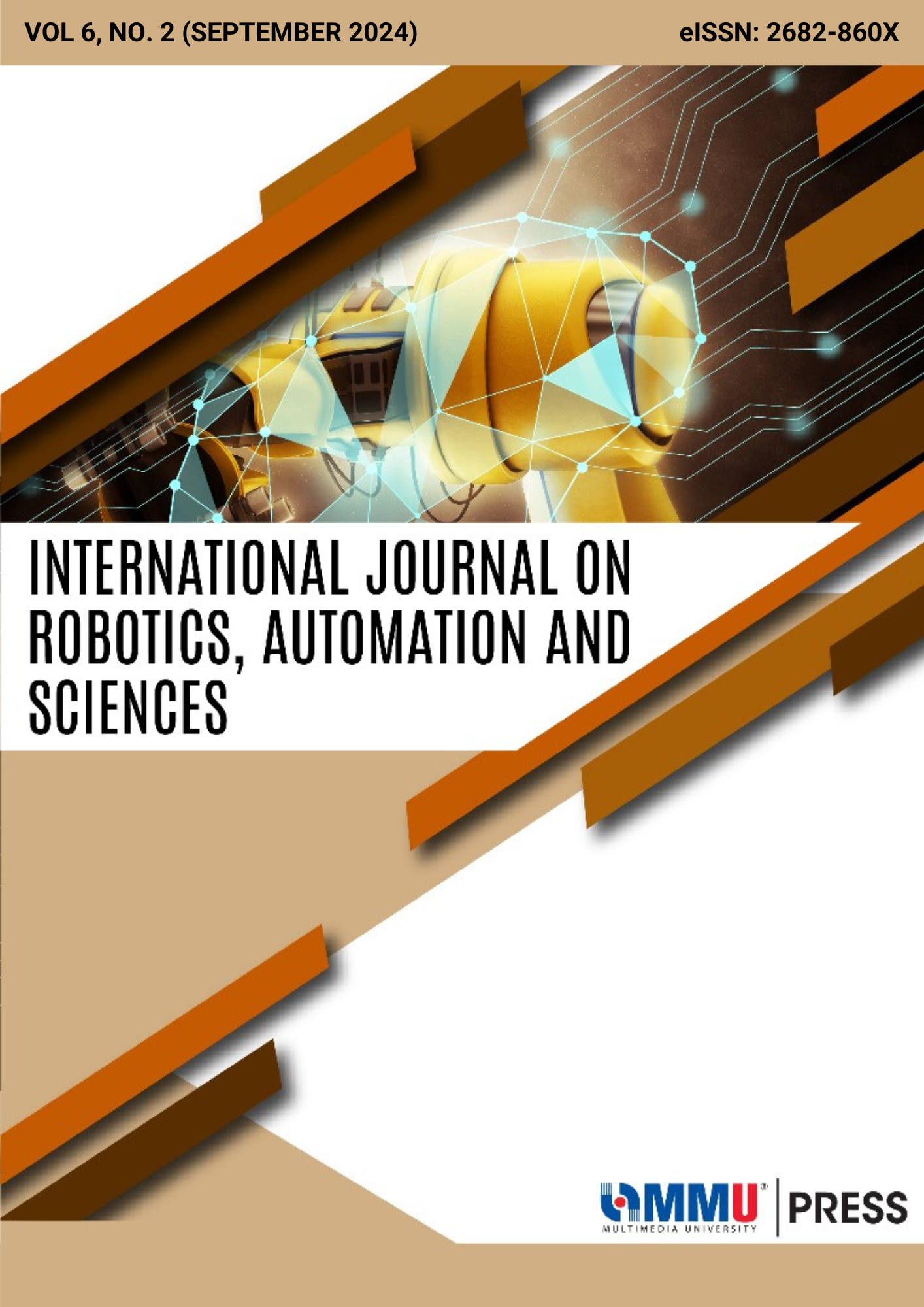Angle of Repose Measurement Tool Development Based on Image Processing with Hough Transform
Abstract
The flowability parameters of granule are the main requirements for the tablet manufacturing process in the pharmaceutical industry. The smoothness of the granules to the tablet mold will determine the weight, hardness, and uniformity of the tablet. The flowability depends on several parameters, one of which is the angle of repose, so that the angle of repose is very valuable information in the process of making tablet drugs. Many significant attempts have been made to calculate static stationary angles based on theoretical methods. The conventional method that is widely used to determine the angle of rest is to measure the height and radius of a piles of granules. This system is not practical because it involves manual measuring devices such as rulers and squares. Departing from these concerns, the researchers developed a method for calculating the stand angle based on image processing, in which piles of granules pressed on a flat plane were taken images and the stand angle was calculated using a hough transformation, so it is expected that the process of calculating the stand angle will be more practical and the results easily documented. In this study, researchers have succeeded in developing an image-based stationary angle measuring instrument, in which the stationary angle is calculated using a hough transformation. The measuring instrument developed has a precision level of 11.74%.
Measurements were made on three types of granules with the distance between the camera and the top of the granule set at a distance of 13 cm, 17 cm, 19 cm and 22 cm.
References
[2] P. Richard, M. Nicodemi, R. Delannay, P. Ribière, and D. Bideau, “Slow relaxation and compaction of granular systems,” Nat. Mater., vol. 4, no. 2, pp. 121–128, Feb. 2005.
[3] S. Shanmugam, “Granulation techniques and technologies: recent progresses,” BioImpacts BI, vol. 5, no. 1, pp. 55–63, 2015.
[4] M. Polizzi, F. Justin, and J. Hilden, “Assessment and predictive modeling of pharmaceutical powder flow behavior in small-scale hoppers,” Powder Technol., vol. 294, Feb. 2016.
[5] R. B. Shah, M. A. Tawakkul, and M. A. Khan, “Comparative evaluation of flow for pharmaceutical powders and granules,” AAPS PharmSciTech, vol. 9, no. 1, pp. 250–258, 2008.
[6] Z. Chik and L. Vallejo, “Characterization of the angle of repose of binary granular materials,” Can. Geotech. J., vol. 42, pp. 683–692, Jan. 2011.
[7] H. M. Beakawi Al-Hashemi and O. S. Baghabra Al-Amoudi, “A review on the angle of repose of granular materials,” Powder Technol., vol. 330, pp. 397–417, May 2018.
[8] Z. Liu, “Measuring the angle of repose of granular systems using hollow cylinders.” University of Pittsburgh, 2011.
[9] C. Dury, G. Ristow, J. Moss, and M. Nakagawa, “Boundary Effects on the Angle of Repose in Rotating Cylinders,” Phys. Rev. E Stat. Phys. Plasmas Fluids Relat. Interdiscip. Top., vol. 57, Oct. 1997.
[10] E. Nelson, “Measurement of the repose angle of a tablet granulation,” J. Am. Pharm. Assoc., vol. 44, pp. 435–437, Jul. 2006.
[11] Rinal Mistry, C. Dalal, and T. Soni, “Determination of Angle of Repose of Pharmaceutical Materials Based On Image Processing Using Labview,” J. Adv. Res. Electr. Electron. Instrum. Eng., vol. 6, Mar. 2017.
[12] M. Raman and H. Aggarwal, “Study and Comparison of Various Image Edge Detection Techniques,” Int. J. Image Process., vol. 3, Mar. 2009.
[13] A. Shehata, S. Mohammad, M. Abdallah, and M. Ragab, “A Survey on Hough Transform, Theory, Techniques and Applications,” Feb. 2015.
[14] UNIDO, “Fertilizer manual.” Kluwer Publisher, 1979.













